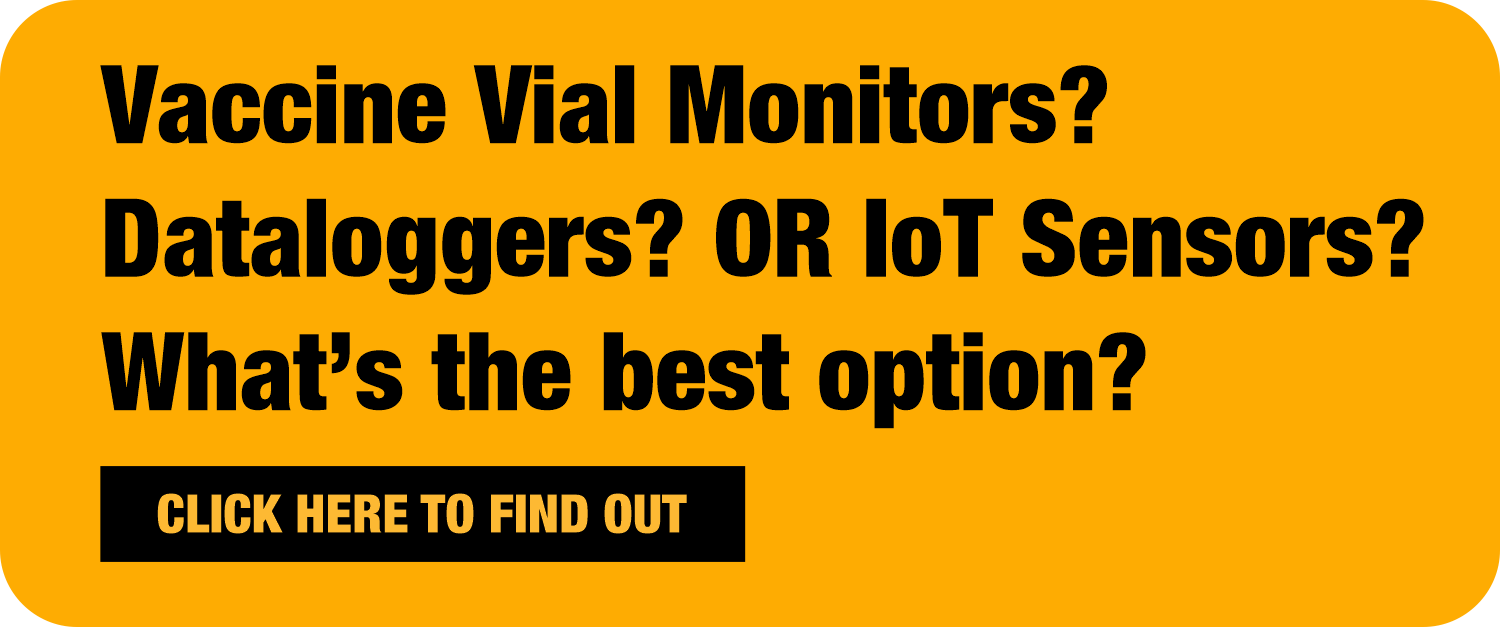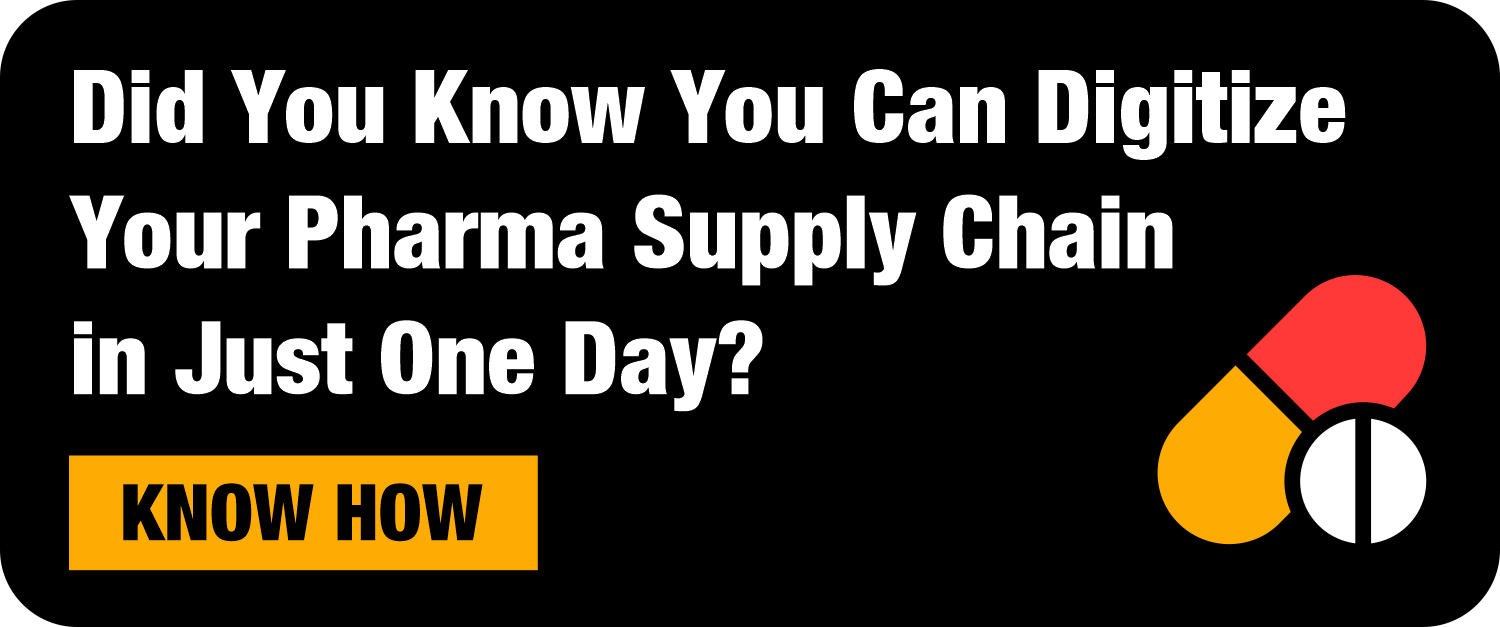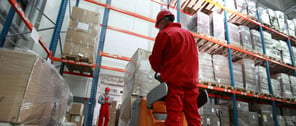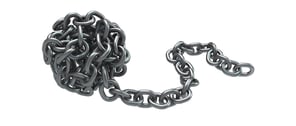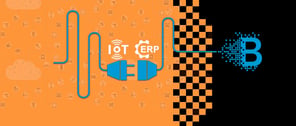Pharma cold chain monitoring technologies have progressed in leaps and bounds and evolved from manual data collection to data loggers with automated logging but manual extraction, and from data loggers to Bluetooth devices when sync was wireless using a mobile phone.
While these pharma cold chain technologies have resolved the data availability problem to a point, they still leave some gaps. The biggest of these gaps is the lack of real, real-time, and relevant data that provides actionability in the true sense — in short, an early warning system in pharma cold chain.
So, what should you have in place to implement an early warning system? Let’s look at the top 6 features that would make a pharma cold chain early warning system flawless and dependable.
A Supply Chain + Temperature Control + Compliance = A Pharma Cold Chain
A cold chain is the most vulnerable kind of supply chain, since it has a lot more moving parts than that of a regular one, and therefore, more scope of breakdowns. It’s even more so when it's a pharma cold chain, which is more vital and even more exposed to risk owing to stringent compliance requirements. When dealing with a pharma cold chain, things can go wrong despite the various risk management plans and techniques you may apply. For example, even a slight drop of half a degree in temperature could mean a lot of damage to a particular medicine. You can’t afford, or justify losing/delaying even one small package containing an important life-saving drug to supply chain gaps.
Thus, the most rational thing one can do is find a way to identify and mitigate these risks before a shipment (or patient, and your brand image) eventually pays the price.This is where a pharma cold chain monitoring system comes in.
We have systems to make sure we know where our shipments are and what their condition is like. What we have been using for years now are active or passive data loggers, that give us information on the condition (to an extent) of the goods.
But that is not enough for something as important as a pharma cold chain.
That is why we needed something smarter than data loggers — a system that would warn us well in advance so we can stop things from getting worse — a pharma cold chain early warning system, that would alert us in a way that would make the information worth it by making it an actionable insight.
Early Warning Systems vs. Data Loggers – A Brief
A pharma cold chain early warning system can provide you with relevant and actionable data with real-time visibility, while a data logger can only give information about the condition (usually just temperature). An early warning system provides the combination of live data and preemptive actionability, which helps reduce preventable/unnecessary losses due to damaged goods, ultimately meaning lesser risk to life, better supply chain performance, better market share, and ultimately a much better brand image.
Investing in a real-time cold chain monitoring system becomes critical when dealing with pharma goods. You not only need to know something has gone wrong, but also develop contingency plans for those anomalies on-the-go, so quick decisions based on insights, and early action before something hits the bottom line are key.
Are Wireless Sensors Better for Remote Temperature Monitoring in a Warehouse? Let's find out.
Top 6 Features to Look for in an Early Warning System
Such a cloud-based, wireless monitoring system, when well-executed with good connectivity, will track the temperature of shipments in transit in real-time while events are taking place. This kind of a system gives you usable information that you can act upon, instead of scrounging through spreadsheets. The information automatically reaches the right person at the right time. This helps the person responsible to take a timely action using early warning signals, to contain any damage as soon as it begins to occur.
Here are the 6 most important things that you need to look for in a pharma cold chain early warning system you invest in:
1. Accurate Data
The data on location and condition — temperature, humidity, tamper, vibration — should be accurate, and cover the required range of temperature that is to be measured depending upon the type of goods. This is because for some packages even a huge condition change might not make any significant difference, while for some other packages even a slight change might mean a lot. Accurate data enables you to properly determine the true health of your shipment and monitor it better. Therefore, ensuring that your sensors are NIST-certified is important (read more about pharma compliance below).
2. Package-level Sensing
Monitoring should be at the package-level, since smaller pharma cold chain consignments are at a higher risk of temperature excursion, and it is essential to keep a check on condition variations in individual packages. This is also more important since not all packages are equally sensitive and/or exposed to all condition variations. Package-level sensing is especially important during break-bulk or when cargo is desegregated and shipped through air, so every package gets tracked as they are reconsolidated, requiring the use of non-Lithium sensor batteries to conform to International Air Transport Association (IATA) regulations which otherwise restricts you to two sensors per airway bill (AWB) if Lithium batteries are used.
3. Live & Predictive Data
The data you get should be real-time, so as to enable better and quick decision-making. Since you're dealing with delicate items like vaccine vials and essential medicines, it is extremely important to get live data that can save the shipment from any possible damage in time. You also need to make sure that the devices being used can collect data when out of connectivity and send it to the cloud later, and also has a large memory to store data. Early warning means you will know before something is going wrong. Therefore, beyond live data, you need predictive data. For example, check if your system can predict if a temperature excursion is going to occur based on condition trends from the present and past.
4. Analytics on the Go
The system must have predictive analytics suite to make informed and evidence-based decisions, to enhance efficiency and prevent risk. It should support real-time MKT (Mean Kinetic Temperature), so that you can easily determine the degree of damage with respect to a particular level of variation in the condition of a package.
5. Responsiveness
The system should be able to go beyond whistleblowing; it should be able to act on incidents as much as possible, in order to reduce the response time. If all a system does is shoot out alerts into the wilderness, you can’t guarantee that the person who needs to act on them gets the alerts AND acts on them in time.
This could be achieved through the threefold plan — IoT+AI+RPA; the combination of IoT (Internet of Things) — to identify the delay or condition variation in time, AI (Artificial Intelligence) — to make a timely decision based on the information eliminating human intervention, and RPA (Robotic Process Automation) — to implement those decisions in a timely manner.
6. Pharma Compliant
There are a lot of different regulations and sensor certifications around pharma products and their movement in different countries. To make sure your shipment doesn't fall under the risk of non-compliance of NIST (for sensor-certification), 21 CFR Part 11 compliance, etc., you need to ascertain that the platform you're using is globally compliant and authentic. An NIST certification means the device has been tested for temperature accuracy compliance. The 21 CFR Part 11 requires companies to maintain electronic record-keeping systems with adequate data security and authenticity.
Digitizing your pharma cold chain can help your business in the long run, not only by saving you the cost and effort that goes into a spoiled pharma package due to things like spillage, theft, and delays, but also from the absolute agony of having indirectly put human life in danger. In short, the old school pharma cold chain tracking techniques (e.g., data loggers that only give you limited post-event information) are like hunting for an Uber at 9 when you already know you can’t reach work by 9.15. While an early warning system is like your daily morning alarm that saves you from getting late for work, doing what needs to be done, but at the right time.


